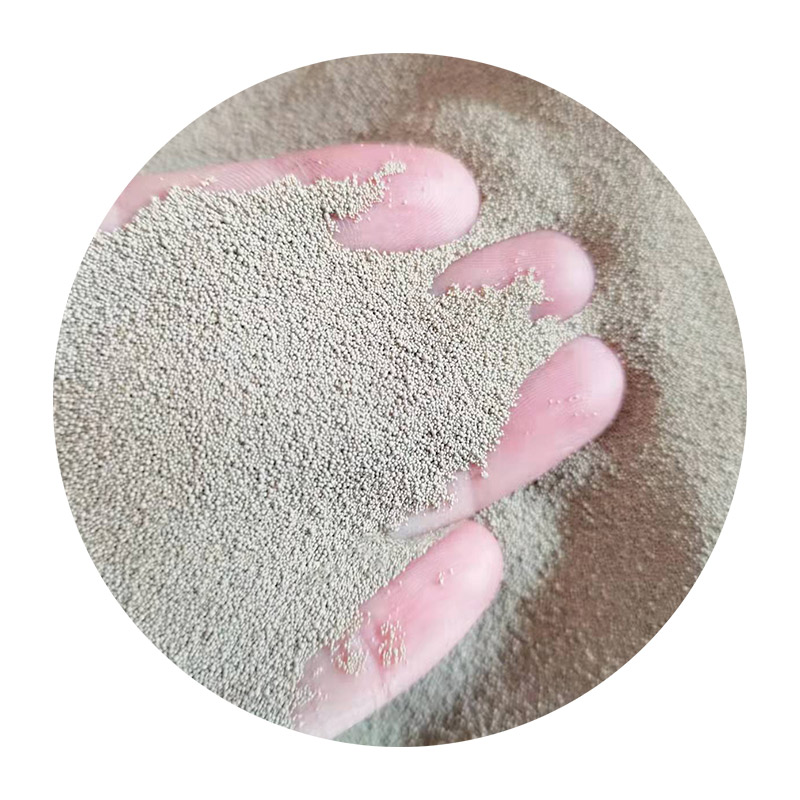Sanding and Painting 3D Prints A Comprehensive Guide
3D printing has revolutionized the way we create objects, allowing for intricate designs and rapid prototyping. However, the surface finish of 3D printed items often leaves much to be desired straight from the printer. This is where sanding and painting come into play. These processes not only enhance the visual appeal of your prints but also improve their durability. In this article, we will explore effective techniques for sanding and painting 3D prints to achieve professional-looking results.
Understanding the Basics
Before diving into sanding and painting, it's essential to understand the materials used in 3D printing. Common filaments like PLA, ABS, and PETG have different properties, which can affect how they are finished. Typically, PLA is easier to sand and paint, while ABS can require more aggressive techniques. Always check the filament's properties and manufacturer's recommendations before proceeding.
Sanding Your 3D Prints
Sanding is a crucial step in achieving a smooth surface on your 3D prints. Here’s how to do it effectively
1. Initial Preparation Ensure your print is cool and clean. Remove any support structures and loose filament strands.
2. Choose the Right Tools For sanding, use a variety of sandpaper grits. Start with a coarse grit (around 100-200) to remove the most significant imperfections. Then gradually move to finer grits (up to 1000 or higher) to achieve a smooth finish.
3. Sanding Technique Hold the sandpaper at an angle to the print and use even, circular motions. Avoid pressing too hard, as excessive force can deform the print. It’s crucial to frequently check your progress to prevent oversanding.
4. Wet Sanding For an even smoother finish, consider wet sanding. This technique involves using water or a lubricating solution while sanding, which reduces dust and prevents the sandpaper from clogging. It works particularly well for plastics like ABS.
sanding and painting 3d prints

5. Cleaning the Surface After sanding, clean the printed object with a damp cloth to remove dust and debris. This step is vital for ensuring proper adhesion of paint.
Painting Your 3D Prints
Once your print has been sanded, it’s time to add color and protection through painting. Here’s a step-by-step guide
1. Priming Apply a primer coat to help the paint adhere better to the surface. Use a primer specifically designed for plastics and ensure even coverage. A spray primer works best, so apply it in light, consistent coats.
2. Choosing the Right Paint Select paint that’s compatible with your chosen filament. Acrylic paints are generally a good choice due to their ease of use and quick drying times. Spray paints are also popular for their smooth finish but ensure they are suited for plastics.
3. Paint Application Similar to priming, apply your paint in thin layers. Use a spray can for even distribution or a brush for more detailed work. Allow each coat to dry completely before applying the next to prevent runs and drips.
4. Sealing the Finish After achieving the desired color and finish, seal your work with a clear coat. This step protects the paint and enhances durability. Choose a matte, satin, or glossy finish based on your preference.
5. Final Inspection Once everything is dry, inspect your print for any imperfections. You may touch up minor flaws or even lightly sand the paint layer if necessary, followed by a final seal.
Conclusion
Sanding and painting 3D prints is an integral part of the finishing process that can dramatically enhance the final product. By following these steps, you can transform ordinary prints into visually stunning items suitable for display or use. Remember to take your time, be patient, and experiment with different techniques to find what works best for you. With practice, your skills will improve, allowing you to take your 3D printing projects to the next level. Happy printing and painting!
Post time:Dec . 05, 2024 12:48
Next:Exploring the Metal Sand Casting Technique for Efficient Manufacturing Solutions
